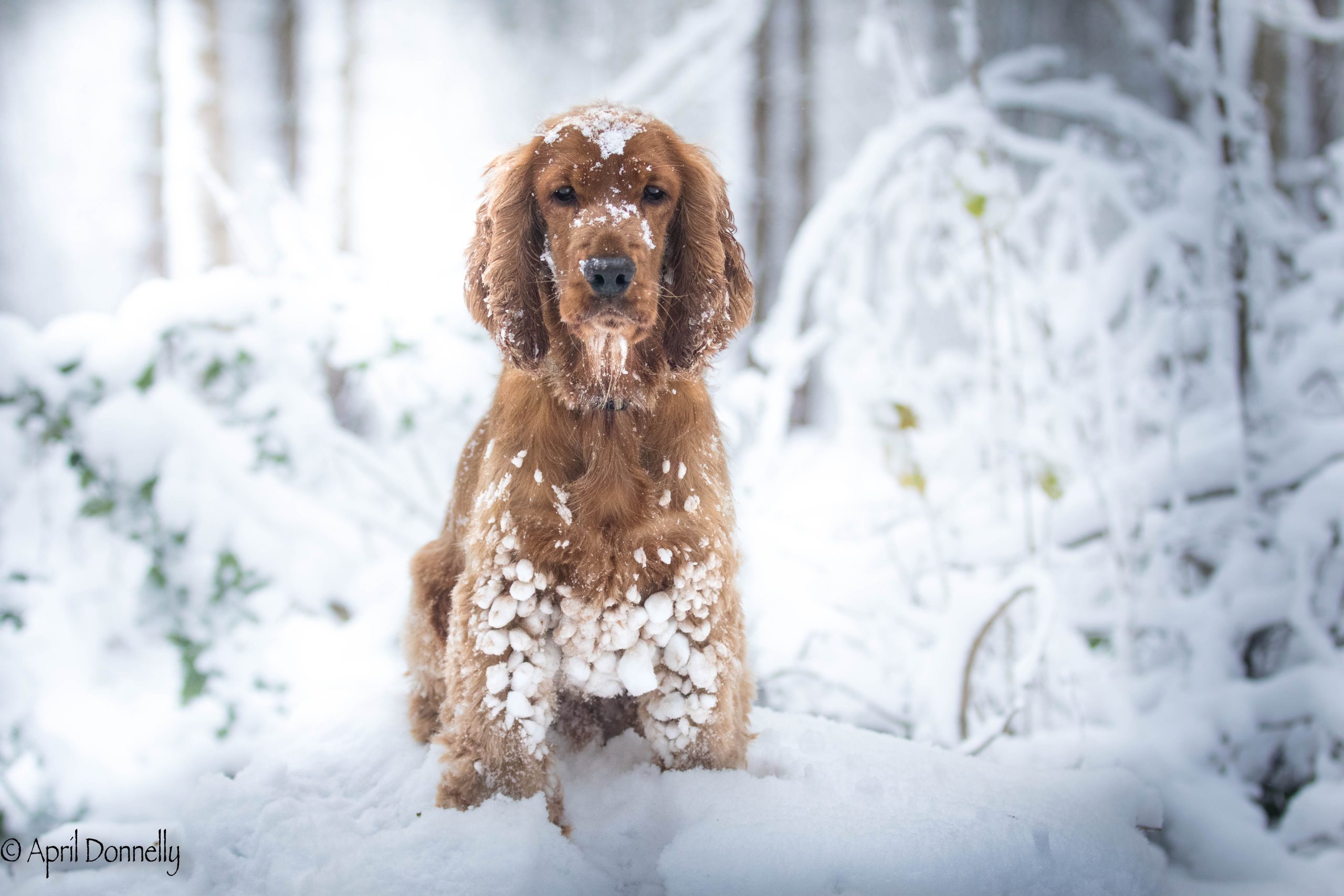
As the January winter chill sets in across the British countryside, working dogs face the challenge of staying warm while continuing their essential tasks. Whether your four-legged companion is a herder, a hunter, or assists in search and rescue operations, ensuring their well-being during the colder months is crucial for their health and performance. In this guide, we’ll explore the optimal temperatures for working dogs, and provide practical tips on keeping them warm and comfortable through the winter season.
Optimal Temperatures for Working Dogs:
Working dogs, with their diverse roles, have varying temperature preferences depending on breed, size, and activity level. Generally, most working dogs perform best in temperatures ranging from 40°F to 70°F (4°C to 21°C). This range allows them to maintain energy levels without overheating.
During the British winter, temperatures often dip below this ideal range. It’s essential to monitor your working dog closely and take preventive measures to keep them warm, ensuring they can carry out their duties effectively.
Clothing Options for Working Dogs:
- Insulating Dog Coats: Invest in a well-fitted, insulated dog coat to protect your working companion from the cold. Look for materials that are water-resistant and windproof to provide extra protection during wet and blustery conditions. Coats with reflective elements are also beneficial for visibility during low-light hours.
- Thermal Dog Sweaters: For smaller breeds or those with short fur, a thermal dog sweater can be a cosy and stylish solution. Choose a lightweight yet warm option that allows freedom of movement for your working dog.
- Boots for Paw Protection: Working dogs’ paws are vulnerable to cold surfaces, especially if they spend long hours outdoors. Consider equipping your dog with boots that provide insulation and protect their paws from icy terrain, salt, and potential injuries.
- Layering: Layering is a practical approach to keep your working dog warm. Start with a moisture-wicking base layer to keep them dry, add an insulating layer for warmth, and finish with a waterproof outer layer to shield against rain and snow.
General Winter Care Tips for Working Dogs:
- Adjust Work Hours: If possible, schedule outdoor work during the warmer parts of the day, when temperatures are more favourable. This helps prevent your dog from getting too cold during prolonged periods of exposure.
- Provide Shelter: Ensure your working dog has access to a sheltered area or kennel during breaks. A dry and insulated space allows them to rest and warm up, reducing the risk of hypothermia.
- Nutritional Support: Adjust your dog’s diet during winter to support their energy needs. Consult with your veterinarian to determine if additional calories or specific nutrients are required to maintain their health and stamina.
By prioritising the well-being of your working dog during the winter months, you not only ensure their comfort but also enhance their performance. From appropriate clothing choices to strategic scheduling, these tips will help you keep your canine companion warm and ready for action throughout the challenging British winter. Remember, a happy and healthy working dog is a more efficient and loyal partner in any task. Stay warm and keep those tails wagging!











